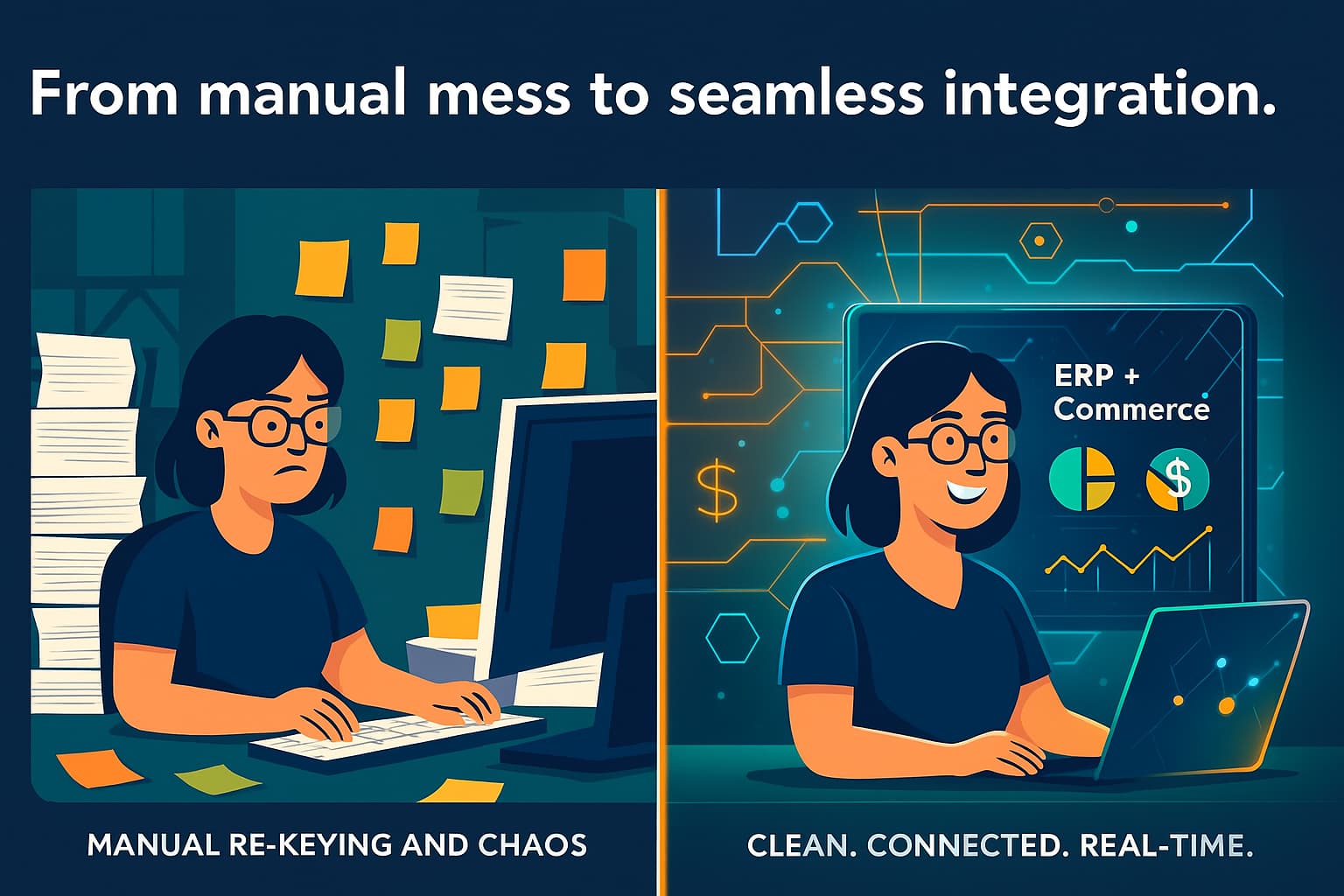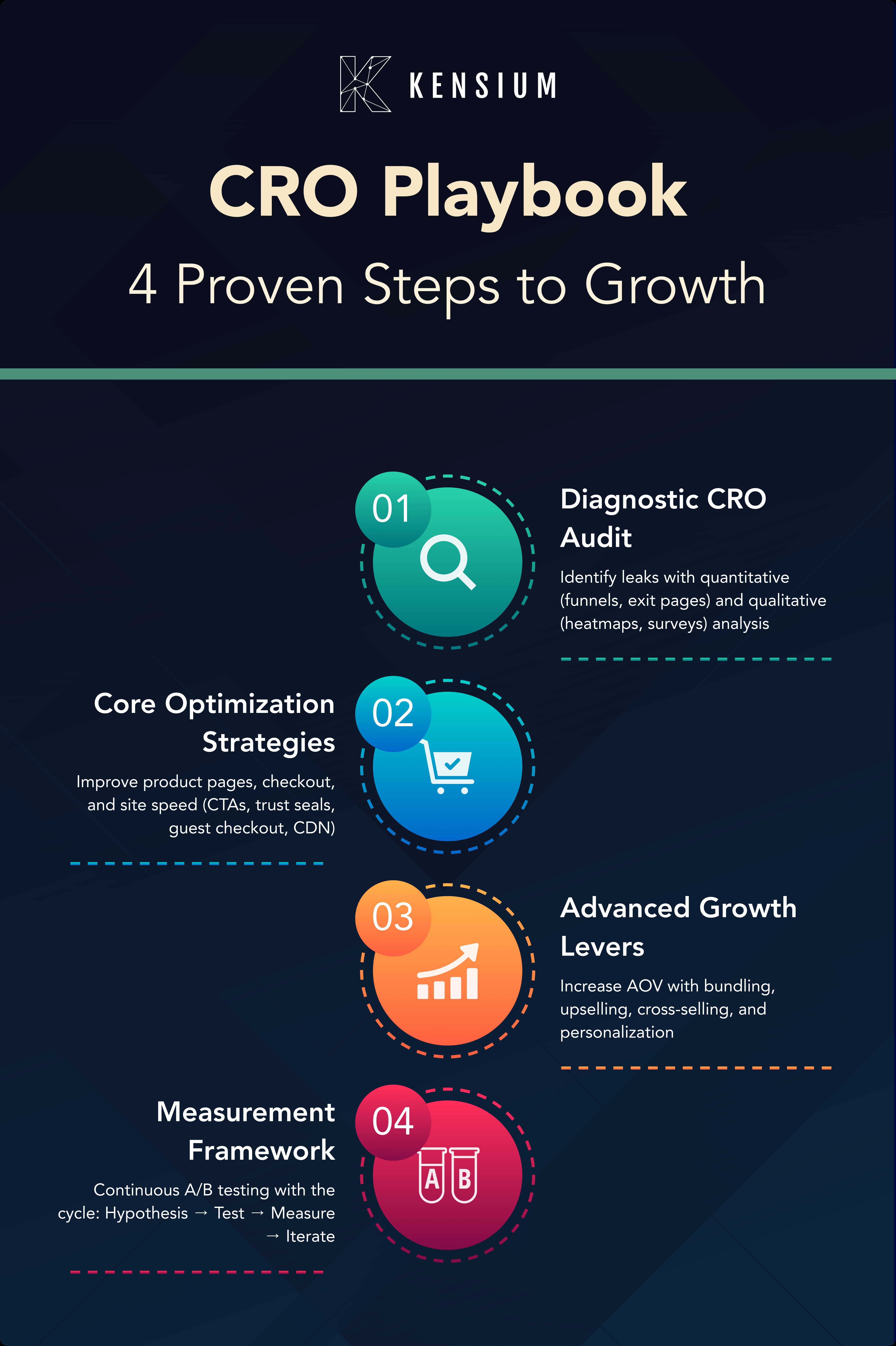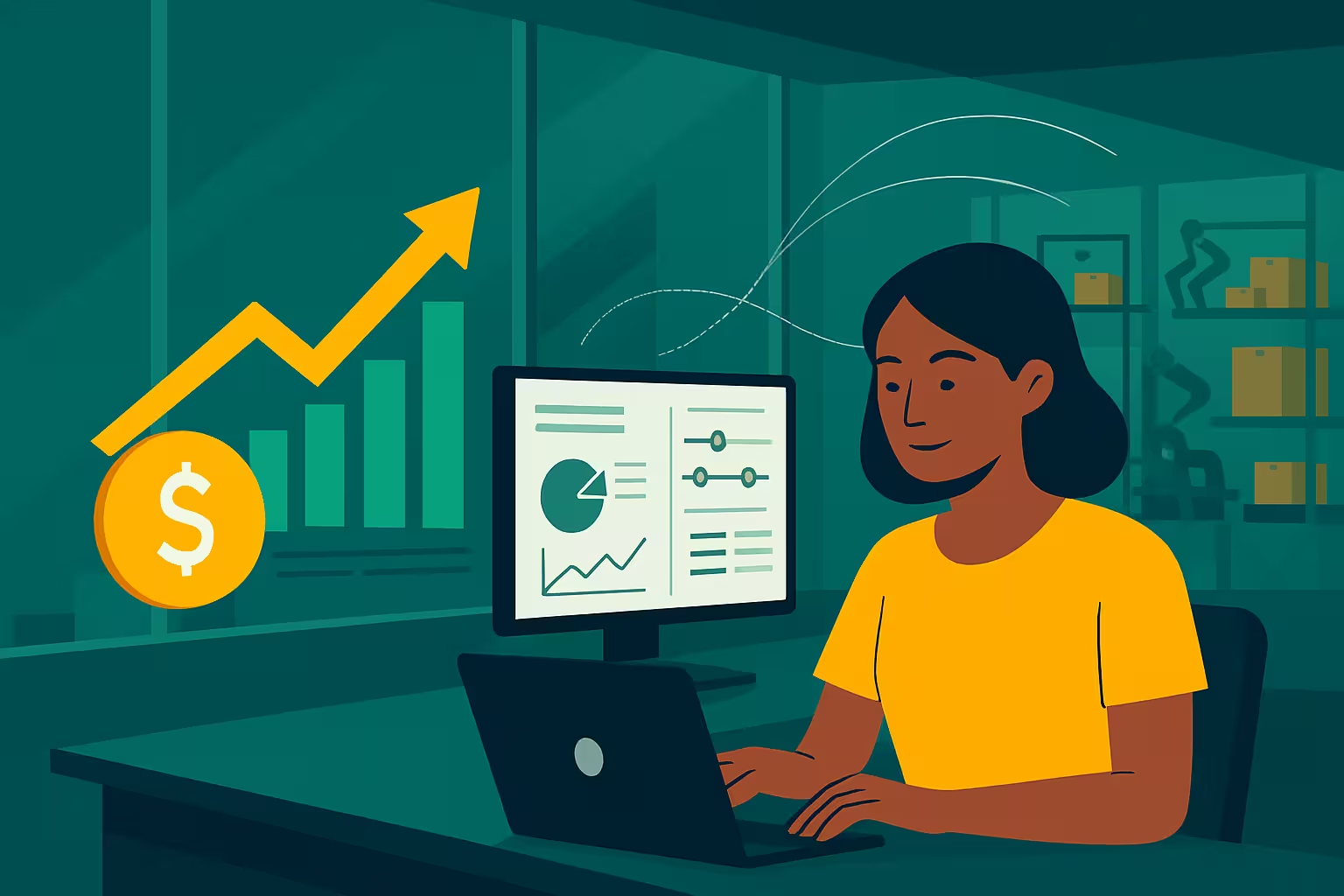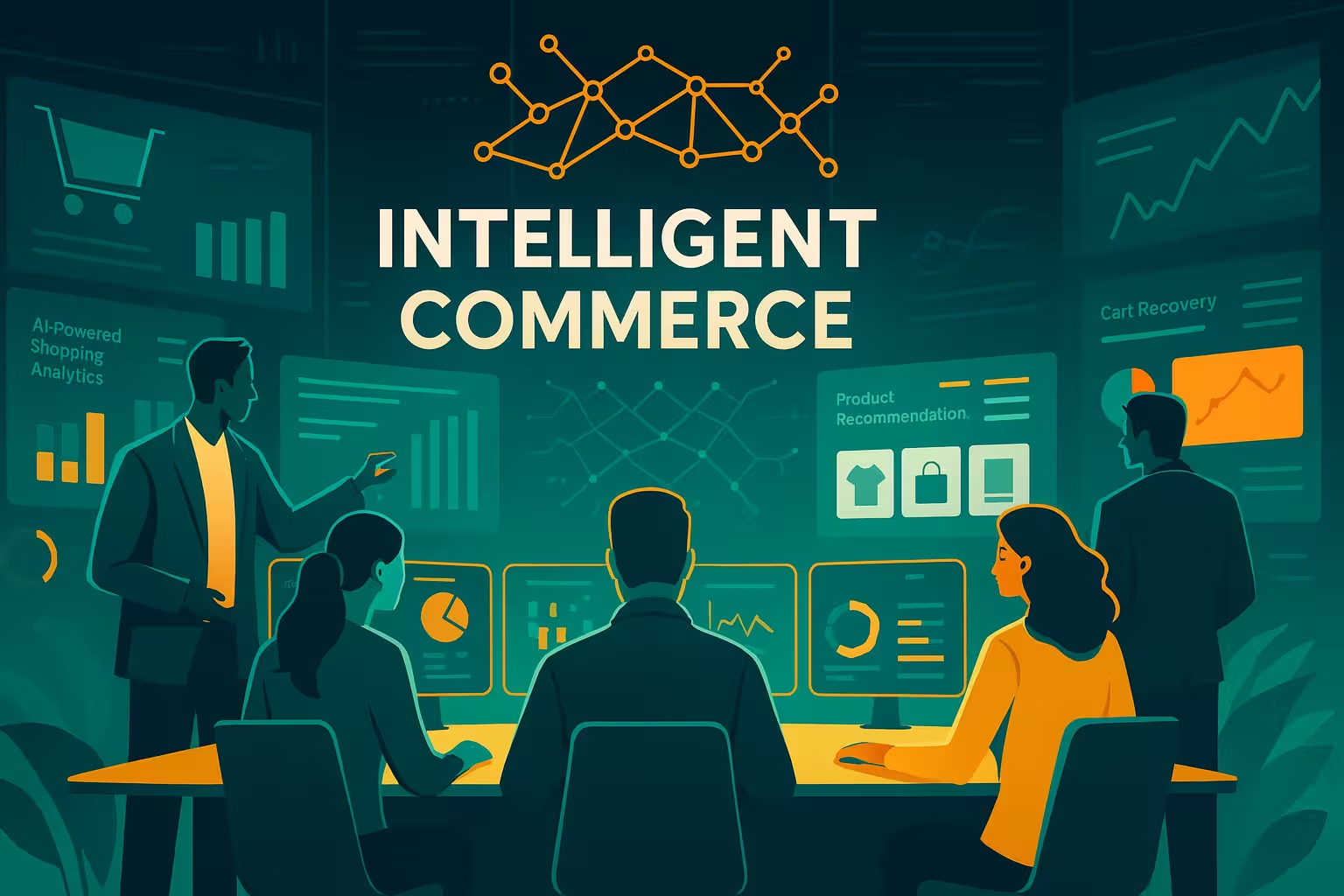
We are on the brink of a technological revolution that will alter the way we live, work, and relate to each other. This transformation will be unlike anything we’ve experienced thus far. While the future of this transformation is still in its infancy, it’s critical that this change is integrated and comprehensive to involve all stakeholders in the global economy. From public and private sectors to the way society is affected by this revolution.
One of the main drivers of this change is the unlimited, readily available Internet access, AI, and tech devices that were once impossible to fathom. This transformation is brought about with the advent of Fifth Generation (5G) technology. 5G technology will change everyday life and the landscape of commerce.
The exciting part of this revolution is the possibility of billions of people being connected by mobile devices with unprecedented processing power, storage capacity, and access to knowledge. We are already experiencing some of these benefits, AI, robotics, the Internet of Things, self-driving cars, and more. The expansion of 5G technology and how it changes the commerce world creates the need for commerce businesses to understand and prepare for this revolution.

What Is 5G?
Fifth Generation (5G) technology is the next step of the 4th Generation mobile network. Thanks to Verizon, a 5G network is already being used by their mobile devices, but it still supports 4G. Soon though, all mobile devices and cellular networks will operate on 5G, creating an opportunity for increased Internet speed and access to vast amounts of data at consumers’ fingertips. For digital marketers and eCommerce businesses, 5G is a new powerful business opportunity that can help them grow in the future.

What Does This Mean For Ecommerce?
Ecommerce is growing exponentially and is a pivotal part of the 5G revolution. The number of people connected worldwide is expected to exceed 8 billion by 2024. This growth means that your ecommerce business needs to prepare for the increased traffic and customer behavior and be ready to meet their needs. There are three areas where 5G is changing how the online world works, Speed, Latency, and Coverage.
Speed: 5G is far better than 4G as it offers a faster speed. This speed provides the capability to view images and stream videos in high definition. However, to take advantage of this speed and agility, devices need to be updated to create this enhanced experience
Latency: Where 4G has a latency of 30-40 milliseconds, 5G is expected to decrease that latency to 10 milliseconds and may even get down to 1 millisecond. The change in latency allows consumers to experience faster downloads and uploads, and they’ll rely on this technology to work across devices and from anywhere in the world.
Comparing 3G vs 4G vs 5G:
2G4G5GBandwidth2mbps200mbps>1GLatency100 - 500 ms20 - 30 ms>10 msSpeed144 kbps25 mbs200 - 400 mbps
The increase of bandwidth helps when consumers use data-heavy applications like Virtual Reality, Live Streaming, and other online experiences that quickly consume a lot of data. When it comes to ecommerce, the shopping experience can be transferred across multiple devices seamlessly, speeding up consumers' ability to view, compare, and purchase products and services anywhere within the 5G coverage area.
Coverage: 5G has a far greater network capacity than 4G. It can manage a greater number of devices without compromising performance quality. Smartphones and other mobile devices are driving retail growth. Retailers who have invested in their online stores for performance and mobile-ready websites and checkout functions are seeing an increase in purchases made from mobile devices. Progressive Web Applications are the forerunner in 4G network device management. Still, as we move into 5G technology, the speed of connection and download is faster by a factor of 100. The result of this change is an increase in customer engagement and increases in conversion rates for ecommerce businesses.
Additional Benefits
As speeds, bandwidth, and technology increase, it creates opportunities for additional technology to be used for the customer’s online experience. These advances provide interactive, engaging, and quality encounters with your products and help drive customers to make purchases.
Virtual Reality And Artificial Intelligence
When a customer walks into a brick-and-mortar store, the feel and full view of a product provides critical input to make a purchase. With 5G technology, the ability to create experiences using Virtual Reality and Artificial Intelligence provide an in-person experience in an online world. VR technology can provide the sensation of feeling a product, inspecting it from all sides, and help provide more relevant information for a customer to decide if the product is what they want. IKEA has rolled out a pilot program with a VR store in Australia.

In addition to VR experiences for consumers, Artificial Intelligence is used by chatbots to provide suggestions and information, allowing downloads for a VR experience.
Internet Of Things
You’ve likely heard of the Internet of Things, or IoT. IoT is a physical object network with sensors, software, and other techs to connect and exchange data with other data and systems through the Internet. These devices can be ordinary household objects (think a refrigerator with voice response to create a shopping list) to sophisticated industrial tools. More than 7 billion connected IoT devices today, and experts expect this number to grow to 20 billion by 2025.
5G only makes IoT devices faster and more connected improves consumer tracking and intelligent inventory management and provides opportunities for an enhanced, personalized customer experience. The data collected from these devices helps revolutionize the shopping experience. Behavior and purchasing data can pass across each device a customer touches and provide a sense of consistency and personalized attention when shopping online. You can customize services, products, and offers depending on customer preferences. For marketers, the data is critical to understanding consumer behavior and helps impact customer buying decisions in a more targeted fashion.
Innovative Payment Options
The increase in purchasing avenues demands enhancing payment options. Until now, payment methods include one-time, flat-rate, or subscription-based options. 5G may provide usage-based payment systems to handle the increase of individuals connected and data speeds to
APIs
APIs already help move data between devices and will only increase as 5G technology is rolled out and adopted. Speed is critical to the customer experience. With lower latency, APIs will continue to help facilitate data transfer between devices, help retailers provide a better shopping experience, and decrease customer drop-off and cart abandonment.
What About Security?
With any modern technology comes security risks. 5G provides the flexibility of slicing to provide private networks, but this is not applicable in the ecommerce industry. There are drawbacks to advancing ecommerce technology alongside 5G.
Increased Attack
With millions of individuals connected to their devices, 5G makes larger and more dangerous attacks possible. Vulnerabilities of the existing Internet infrastructure create the risk of more sophisticated botnets, privacy violations, and faster data extraction.
More IoT Means More Problems
IoT devices are inherently insecure because it’s often not built-in by design. Every insecure IoT device on a network represents a potential hole that can be exposed to malicious attacks.
Decreased Network Visibility
Networks will only expand and become more usable by mobile users and their devices with 5G. Because of the speed and ability of 5G networks, there is much more network traffic to manage and secure. Without the right tracking technology, companies may not be able to gain the traffic visibility necessary to identify abnormalities or attacks.
Supply Chain And Software Vulnerabilities
For the foreseeable future, 5G supply chains are limited. However, vulnerabilities exist, especially as devices are rushed to the market. This rush to market increases the potential for faulty and insecure components. 5G is more reliant on software, elevating the risk of exploitation of network infrastructure.
What This Means For You
As 5G continues to change how we operate and manage our mobile and IoT devices, brands need the infrastructure to meet this technology's demands. It is a substantial investment for industries within the ecommerce ecosystem to take advantage of the technological revolution that 5G is creating.

Kensium Future-Proofs Your Ecommerce Business
Kensium’s complete end-to-end solutions help you scale and grow your business. As 5G technology becomes the standard for mobile devices, you must stay on top of the trends and find a solution to keep up with changing technology. Kensium provides custom solutions that utilize new technologies to keep you growing and improving your digital footprint. Contact us today and let’s talk about how we can help future-proof your business.








.png)















































































